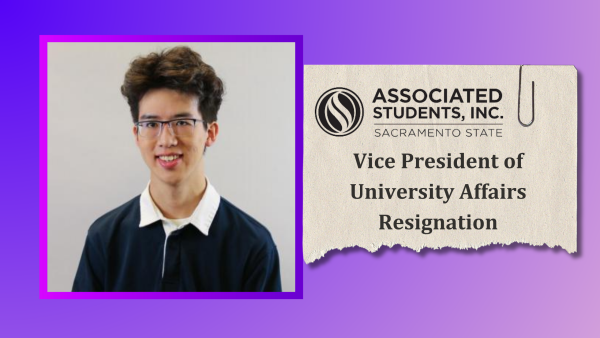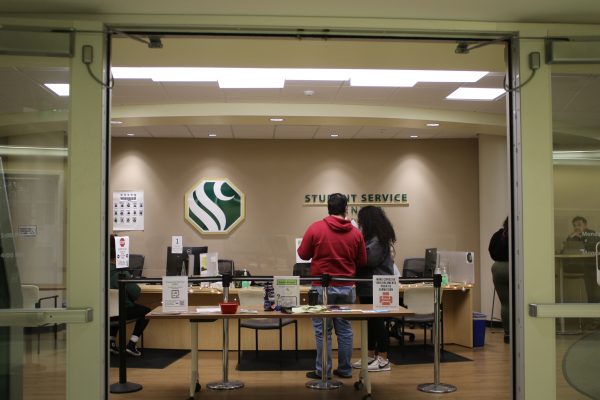Credit count is kryptonite for Sac State “super seniors”: Legislation may bring an end to career students
February 20, 2013
A proposal that would cap the number of units the state government subsidizes is included in Gov. Jerry Brown’s 2013-2014 budget for higher education.
Under the new plan, “super seniors”—undergraduate students who have accumulated at least 150 units—would pay an extra $372 for each unit they enroll in once they have exceeded 180 total units during the 2013-2014 and 2014-2015 academic years, and $372 for each unit above 150 after 2015.
The proposal, among several others, aims to increase the availability of courses and promote student success.
“We need to do some restrictions,” said Vice President for Student Affairs Lori Varlotta. “There’s a finite amount of money. If students are allowed to take as many credits as they want and get the full state subsidy for it, then by default they’re taking up seats that other students might get.”
Once students exceed the unit caps, they would be required to pay the full cost of instruction; but, schools may grant waivers to students who exceed the cap due to factors beyond their control, according to the governor’s budget proposal.
Varlotta said the issue has been raised before and is a complicated topic that needs to be explored.
According to enrollment records, Sacramento State super seniors made up 3 percent of undergraduate students and 7 percent of all seniors last spring.
Super seniors exist for a variety of reasons, including students who switch or pursue additional majors, enroll in non-viable units to maintain financial aid eligibility or arrive at Sac State with a large number of units from a previous college.
Nader Ghamraoui, a junior civil engineering major, is against Gov. Brown’s proposal. Ghamraoui said people get distracted with work, friends and problems which can affect their motivation to study.
“It should be fair for everybody,” Ghamraoui said. “You’re not supposed to pay more. All of us are supposed to pay the same amount for each unit taken
Junior photography major Sxi Pang said some students might be interested in elective classes. She took metalsmithing last semester mainly for general education, but said she learned a lot about metals and how to work with them. Depending on her schedule for next semester, she is considering taking more art classes.
The California State University’s Board of Trustees considered implementing three sets of new tuition fees in its November meeting last year.
One of the fees – the Graduation Incentive Fee – would have required seniors who have earned 160 units or more to pay a supplemental fee on a per-unit basis, according to an agenda item on the trustees’ website. However, the CSU wanted to examine the proposal further and postponed the vote after Proposition 30 passed.
But in its January meeting, the CSU Educational Policy Committee voted to amend Title V and set 120 units as the maximum number of credits required for most bachelor’s degrees. According to a press release from the trustees’ website, the change will allow the CSU ‘to admit more eligible new resident students who otherwise would be denied entry” and is expected to be implemented by fall 2014.
New students who want to graduate may face problems from students who are eligible to graduate but still take up a seat, said Kim Nava, Director of News Services,
“The impact of having super seniors on the campus is obviously not good,” Nava said. “It reduces access. I think it’s a good thing when students are able to get their degrees, graduate and go out into the world and students who want to come and study at Sac State can do so because that slot has been freed, so to speak.”
Gov. Brown’s budget proposal includes $2.8 billion in funding for CSUs, a 13 percent increase over the 2012-2013 revised budget. He also proposes no tuition fee increases through 2017, an increase in general fund funding by 5 percent over the next two years and expanding the delivery of courses through technology. He calls on higher education to “move aggressively to implement reforms to provide high‑quality instruction at lower cost.”
“We don’t have an unlimited supply of courses,” Varlotta said. “We just need to distribute those units as fairly as possible amongst new students coming in and students that are towards the end of their degree.”






































































































































